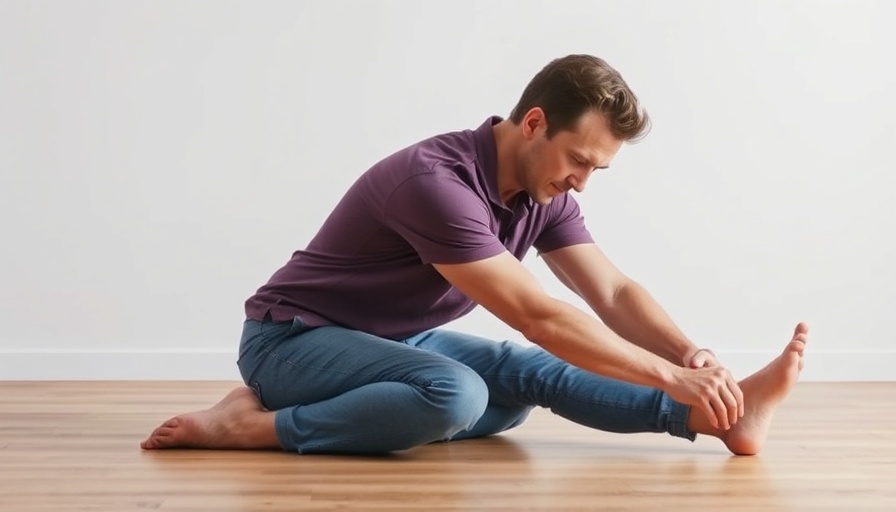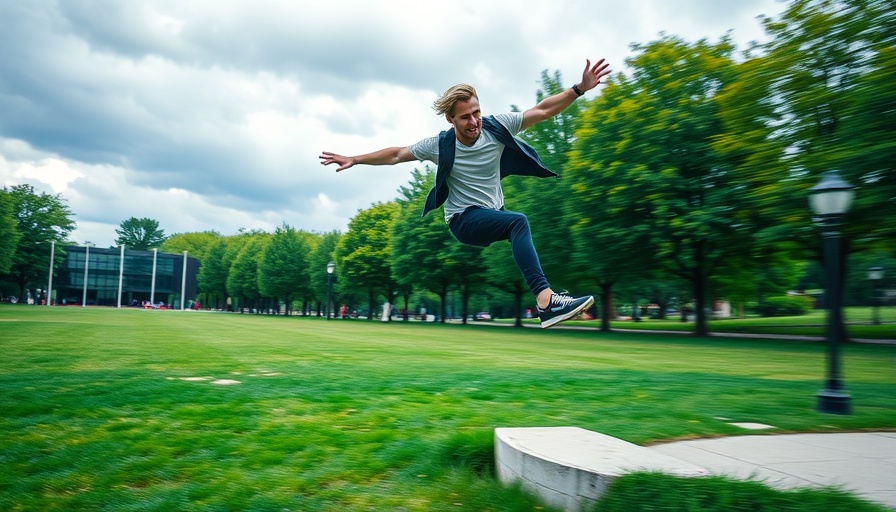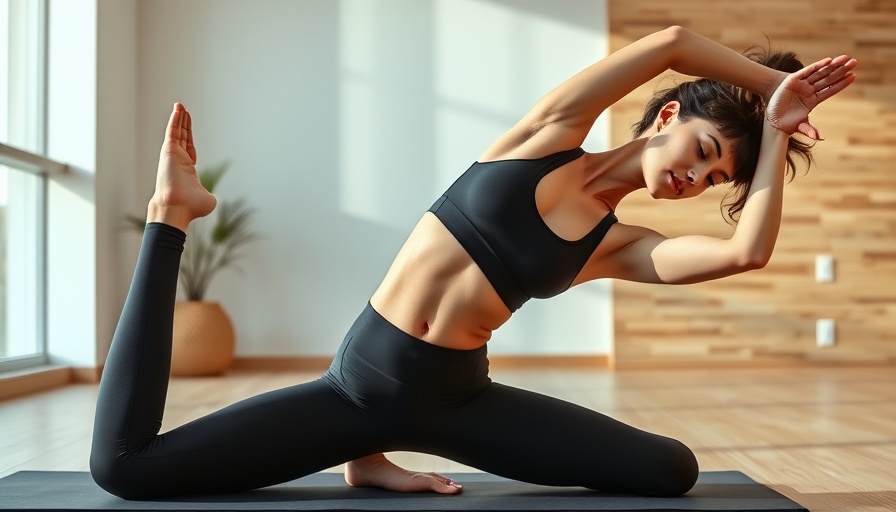
Understanding the Importance of Hamstring Flexibility
In today’s fast-paced world, maintaining our physical health can sometimes take a backseat, but tight hamstrings are a common issue that many adults face, especially those balancing busy schedules. Flexible hamstrings are crucial for overall mobility, helping to improve posture, reduce back pain, and enhance athletic performance. Unfortunately, a sedentary lifestyle can lead to muscle tightness, making it essential to incorporate stretching into your routine.
Effective Stretches for Hamstring Flexibility
Integrating targeted stretches into your daily routine can significantly benefit your hamstring flexibility. Here are some effective stretches to try:
- Standing Hamstring Stretch: Stand upright, place one foot on an elevated surface, and gently lean forward. Hold for 20-30 seconds without bouncing.
- Lying Hamstring Stretch: Lie on your back, raise one leg to a 90-degree angle, and grab behind the thigh to gently pull it toward you. This stretch can be deepened by using a strap or towel.
- Seated Forward Bend: Sit with legs extended. Inhale and reach your arms overhead, exhale as you lean forward, aiming to grasp your feet. Hold this position to feel a deep stretch.
Incorporating these stretches into your routine just a few times a week can lead to noticeable improvements in flexibility.
6 Tips to Enhance Hamstring Flexibility
Aside from dedicating time to stretching, consider these tips to enhance your hamstring flexibility:
- Stay Hydrated: Dehydrated muscles can become tight and uncomfortable, so drink plenty of water throughout the day.
- Warm-Up Before Exercise: Always perform a warm-up to increase blood flow to your muscles, which can help prevent injuries during stretching.
- Avoid Prolonged Sitting: Break up long periods of sitting with short walks or standing stretches to keep your hamstrings active.
- Consistent Stretching: Commit to a regular stretching routine. Aim for 10-15 minutes, incorporating different stretches.
- Consider Yoga or Pilates: Both practices offer a variety of stretches that can enhance flexibility not only in your hamstrings but in your entire body.
- Listen to Your Body: If you experience pain during stretches, ease up. Flexibility takes time, and pushing too hard can lead to injury.
Future Insights for Better Mobility
As awareness grows around the importance of mobility and flexibility, more adults are seeking out fitness resources that fit into their lifestyles. Courses and classes focusing on flexibility, like yoga or specialized stretching workshops, are becoming increasingly popular. This trend highlights the shift toward preventive health measures, making flexibility an integral part of fitness regimens.
Why This Information Matters
By paying attention to hamstring flexibility, adults can not only improve their physical fitness but also enhance their overall quality of life. Tight hamstrings can lead to discomfort, affect activities of daily living, and even hinder your participation in hobbies or sports. Understanding how to effectively stretch and maintain hip mobility can empower individuals to live more active, fulfilling lives.
Practical Tips for Everyday Life
Trying to fit flexibility training into a hectic schedule can feel daunting, but small changes can lead to big results. Consider integrating stretches into your morning routine or during breaks at work. Gradually, these intervals can lead to enhanced mobility and reduced discomfort. Furthermore, celebrating your progress—no matter how small—can serve as motivation to continue prioritizing your health.
Taking the time to improve your hamstring flexibility can be one of the best investments in your well-being. Whether you’re a fitness enthusiast or a busy adult looking to incorporate healthier habits into your life, remember that flexibility plays a vital role in functional movement, preventing injury, and promoting longevity. So, let’s get started on your path to a more flexible, mobile you!
 Add Row
Add Row  Add
Add 




Write A Comment